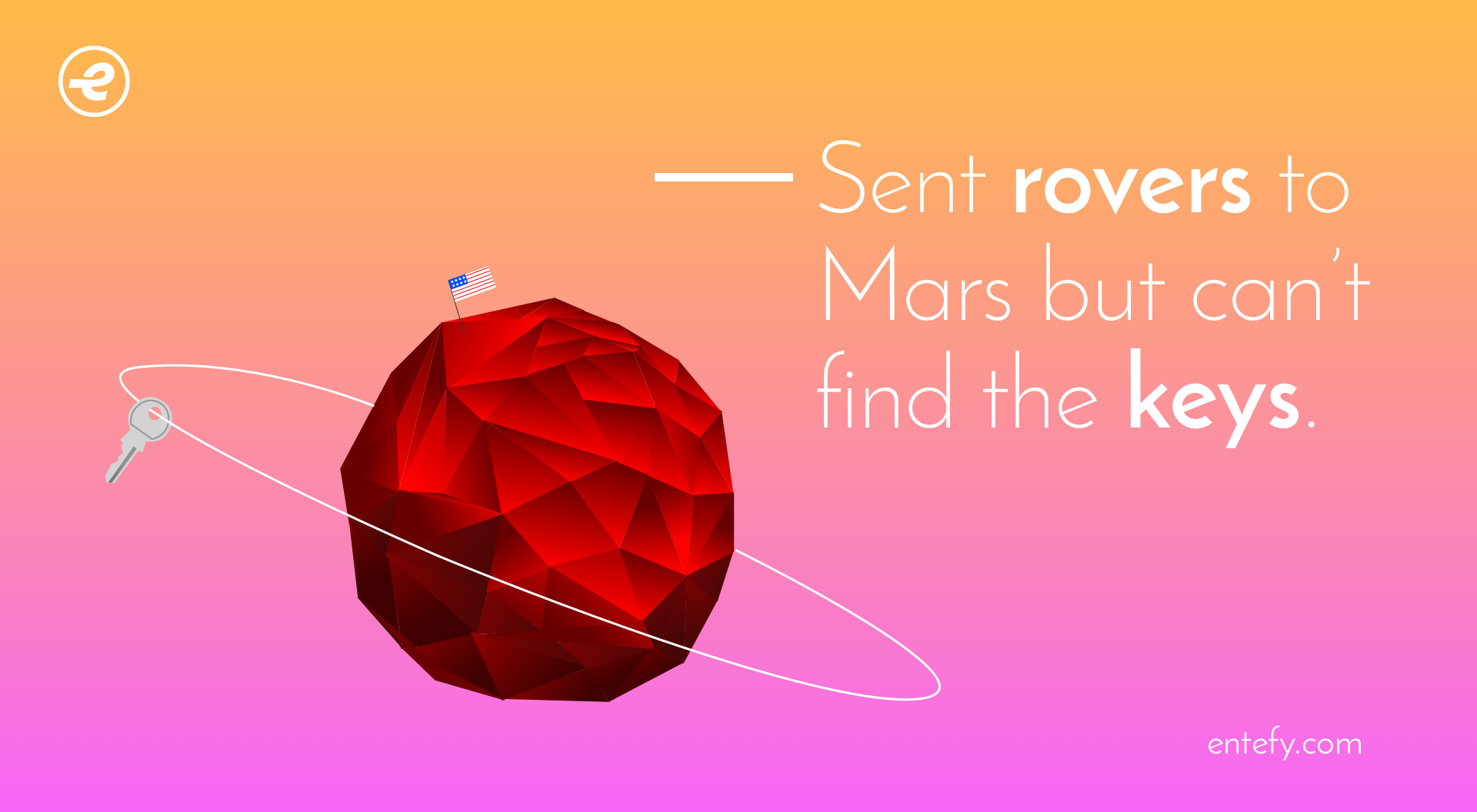Humans can retain just 7 (plus or minus 2) items in short-term memory. Yet Homer’s Odyssey and Iliad were recited long before they were written down. We carry on conversations that take place over hours. We write long essays. We deliver speeches. We rocket to the moon. We perform hours-long operas.
If we carry only 5-9 items in our short-term memory, how is that even possible?
This limit was explored and quantified in the late 1950s by George A. Miller of Harvard University. As a consequence of his research, he was able to identify the 5-9 capacity range in his descriptive paper, The Magical Number Seven, Plus or Minus Two: Some Limits on our Capacity for Processing Information (1956). His “Magical Number” findings became known as Miller’s Law.
Psychologists and neurologists have discovered a wide range of strategies and techniques humans have developed to circumvent the limitation of 5-9 items. One adaption is that we break things into chunks. A home phone number of (555) 374-6377 might look like a random string of 10 items. But not to our brains. It breaks this into three easy-to-remember chunks: the area code, the three-digit prefix, and the four-digit number. By “chunking,” we get around the Magical Number constraint.
Humans do amazing things that defy biological constraint. And technology like Entefy provides the tools to do even more. The next time you’re singing along to your favorite song, look for signs of how your brain is using the Magical Number to help you remember all of those lyrics.
Watch the video version of this enFact here.
